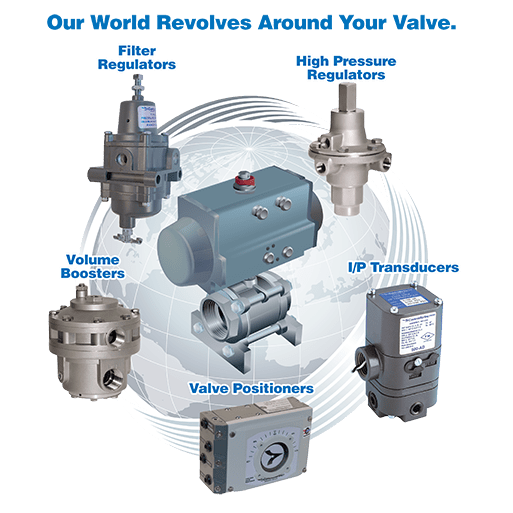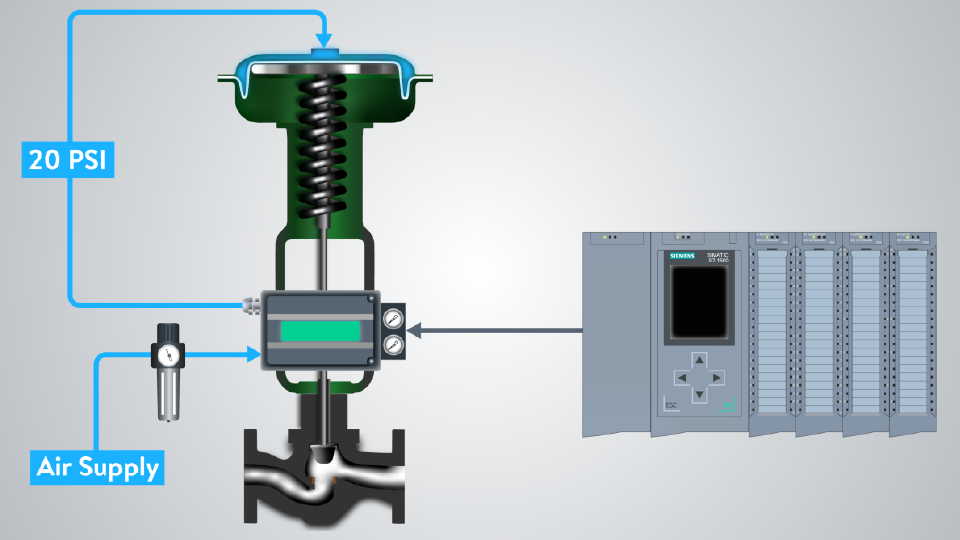
Maximize Power Savings and Convenience With Advanced Building Automation Controls
In the realm of contemporary style and center management, the integration of sophisticated structure automation controls stands as a critical advancement. The merging of technology and sustainability has birthed a brand-new period where power performance, convenience optimization, and operational streamlining are no more far-off desires but obtainable truths. By utilizing the power of automation, buildings can adjust, react, and evolve in means that were when unthinkable. The potential for considerable power financial savings and improved comfort is not just an opportunity however a promise waiting to be satisfied. This paradigm change in structure monitoring holds the vital to opening a globe where ecological conscientiousness and occupant health harmoniously exist side-by-side within the wall surfaces of our frameworks.
Energy Efficiency Conveniences
Power performance benefits can significantly minimize power intake and operational prices in structures. By executing energy-efficient techniques and modern technologies, building owners and operators can achieve substantial savings while additionally contributing to environmental sustainability. One of the primary benefits of boosting energy effectiveness in structures is the decrease of utility bills. Energy-efficient systems, such as sophisticated structure automation controls, can enhance the usage of sources like air conditioning, illumination, and heating, leading to reduced power expenditures over time.
Furthermore, improved power effectiveness can prolong the lifespan of structure equipment and systems. By operating extra successfully, HVAC systems, lighting components, and various other building parts experience less deterioration, leading to minimized maintenance and replacement expenses. Additionally, energy-efficient buildings usually command greater residential or commercial property values and rental rates, giving long-term monetary benefits to owners.
Additionally, energy efficiency can boost resident comfort and efficiency. Effectively managed indoor atmospheres with optimal illumination and thermal problems produce a more favorable and enjoyable office, bring about enhanced worker satisfaction and performance. Generally, the power effectiveness benefits related to innovative building automation controls are complex, including price savings, ecological stewardship, and passenger well-being.
Boosted Comfort Control
Enhancing convenience control in structure settings calls for a sophisticated assimilation of advanced automation systems for optimum owner wellness. By using sophisticated structure automation controls, centers can customize the interior environment to satisfy the particular needs and preferences of passengers. control valves.
By incorporating these innovative controls, structures can not just improve comfort but additionally improve power efficiency by enhancing system procedures based on real tenancy and use patterns. Ultimately, prioritizing resident convenience via innovative automation systems leads to a more delightful and much healthier interior atmosphere.
Operational Efficiency Improvements

Moreover, the application of real-time surveillance and analytics tools allows structure operators to determine energy ineffectiveness and functional abnormalities quickly. By continuously keeping track of power use patterns and system efficiency metrics, changes can be made in real-time to optimize power intake and make sure peak operational efficiency. control valves. In addition, incorporating demand response techniques right into building automation controls can additionally boost functional performance by dynamically readjusting power use based on grid conditions and prices signals
Indoor Climate Optimization
Efficient interior climate optimization is a fundamental facet of building automation controls, making certain residents' comfort and wellness while taking full advantage of energy cost savings. By making use of advanced sensing units and controls, building automation systems can continuously change and keep an eye on temperature, humidity degrees, air high quality, and ventilation to develop an click reference optimal indoor atmosphere. Keeping consistent and comfortable problems not just improves occupant contentment but additionally improves productivity and general well-being.
Indoor climate optimization additionally plays an essential function in energy effectiveness. By fine-tuning air flow, click here now cooling, and heating systems based on real-time data and tenancy patterns, constructing automation controls can substantially lower energy intake - control valves. For instance, applying methods such as demand-controlled air flow and thermal zoning can help decrease power waste while making sure that each location of the building receives the necessary conditioning.

Lasting Environment Creation
Building automation regulates not just optimize interior climate problems for power performance and occupant comfort yet also lay the structure for creating a lasting atmosphere with tactical management of systems and sources. By integrating advanced structure automation modern technologies, such as sensors, actuators, and intelligent software, centers can readjust and check power usage in real-time to reduce waste and minimize their carbon footprint. These systems make it possible for anticipating upkeep, recognizing prospective issues prior to they rise and maximizing devices efficiency to enhance longevity and efficiency.
In addition, sustainable atmosphere production expands beyond power administration to include water conservation, waste decrease, and indoor air high quality enhancement. Structure automation controls can regulate water usage, identify leakages, and ensure correct garbage disposal techniques, adding to general sustainability efforts. Additionally, by monitoring and managing ventilation and filtering systems, these technologies enhance owner health and efficiency while reducing energy intake linked with heating and cooling procedures.
Conclusion
Finally, advanced structure automation controls deal considerable benefits in regards to energy savings, comfort control, functional performance, interior environment optimization, and producing a sustainable environment. By applying these controls, structures can accomplish ideal efficiency while minimizing energy consumption and boosting resident comfort. It is obvious that making use of sophisticated automation modern technology is essential in enhancing structure performance and developing a more sustainable future.
Power effectiveness benefits can considerably reduce power consumption and functional costs in structures. Generally, the energy performance advantages informative post associated with sophisticated structure automation controls are complex, including cost savings, ecological stewardship, and resident health.
Additionally, incorporating demand reaction techniques into building automation controls can even more boost functional effectiveness by dynamically changing energy use based on grid conditions and rates signals.
Structure automation regulates not only optimize interior climate conditions for power efficiency and occupant convenience yet also lay the foundation for developing a sustainable atmosphere via critical management of systems and sources.In conclusion, advanced structure automation manages deal substantial advantages in terms of power financial savings, convenience control, functional effectiveness, indoor environment optimization, and developing a sustainable environment.